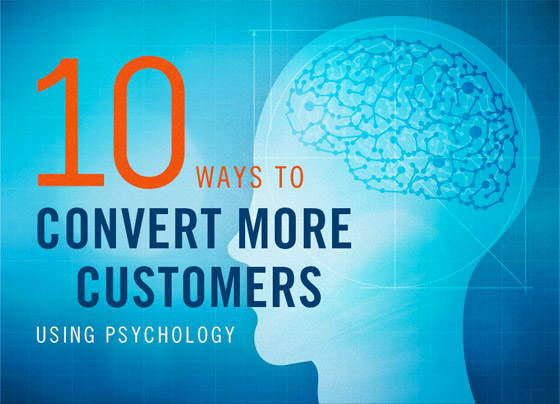The “secret” to more sales is as simple as understanding what the buyer wants. Here are ten ways to ethically persuade more customers to say “Yes!” to your products and services using psychology.
1) Help customers break through “action paralysis” by setting minimums:
Remind your customers about how easy it is to get started to help them break through action paralysis. A good example is: “No payments for the first month!”.
2) Embrace the power of labels:
It was found that people who were randomly labeled as “politically active” in a behavioural study were more likely to vote. Label your customers as part of a superior group and their actions will reflect those characteristics.
3) Understand the 3 types of buyers:
According to research there are three types of buyers. Tightwads, Average buyers and Spendthrifts. To sell to tightwads, focus on bundling products (R1000/month vs. R12000/year) and reduce the amount of small fees that are associated with your product.
4) Highlight strengths by admitting shortcomings:
according to research, customers were more trusting of companies who admitted to “strategic failings” over those who blamed external sources for problems. It shows that the company is actively looking to fix the problem.
5) Use urgency the smart way:

It is shown that people are prone to block out urgent messages if they aren’t given information on how to follow-up.
6) Make their brain light up “instantly”:
It is proven that our frontal cortex is highly active whenever we think about waiting for something ( a no-no for sales). Remind customers that your product or service can solve their pain points fast. Focus on quick arrivals, fast shipping, and “instant gratification” for better appeal.
7) Make an enemy:
Making enemies is less about being harsh to people or competitors and more about labelling your customers. Example: Some apparel companies are “only for athletes”.
8) Stand for something:
Most customers have a strong relationship with a single brand because they have shared values with the company in question.
9) Devil’s advocate:
Become the devil’s advocate by increasing the confidence of customers who are already interested. Address their concerns and dismiss them with well researched information and examples.
10) Keep ‘em on their toes:
Customers value consistency, but they also like surprises. Utilise the process of “surprise reciprocity” by creating surprises that customers don’t expect. It doesn’t have to be a costly endeavour.
